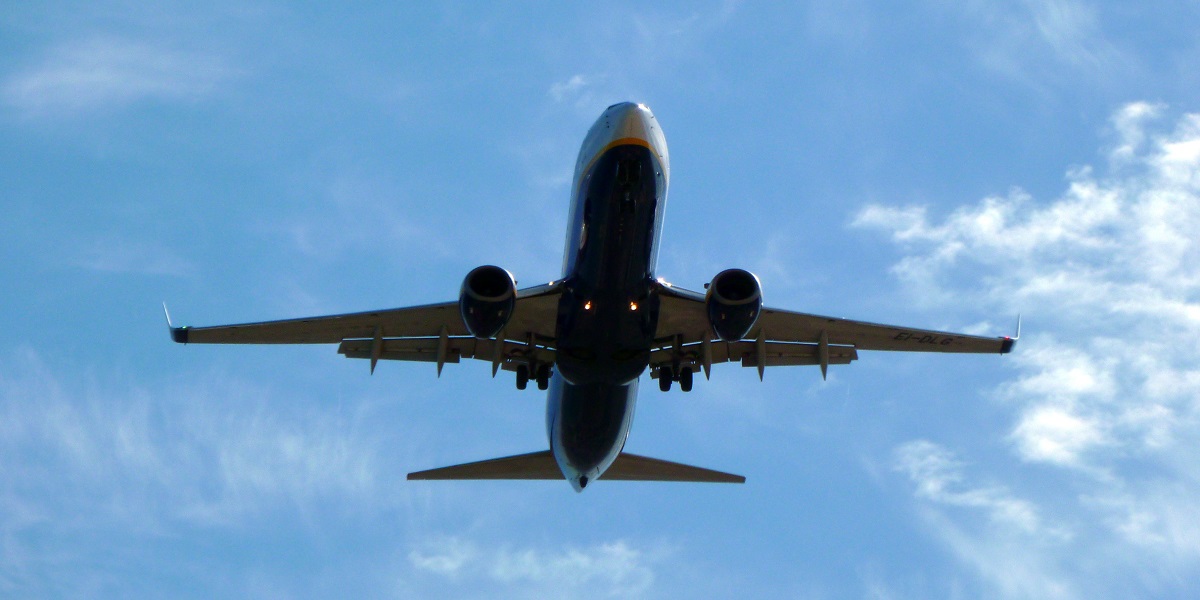Airline investors are facing a mixed start to 2019 as the industry faces ongoing uncertainty about oil prices and the global economy.
The global airline share index ended January 7.7 percent higher than December and moved broadly in line with the wider equity market, according to the latest International Air Transport Association financial monitor.
This came after a 20 percent fall in 2018.
READ: Airline share prices fell by 20 percent in 2018
IATA said the ups and downs of airline share prices over recent months suggested investors were unsure whether the fall in jet fuel costs was good or bad for airline earnings.
“The worry is that lower fuel costs will lead to a surge in capacity, rather than the rational caution seen in recent years,’’ it said.
“Price-earnings multiples are already at levels reflecting the skepticism of the market. The coming year should provide an important test of earnings sustainability.”
Profit margins fell in the final quarter of 2018 but, at 8.2 percent, were still historically good.
IATA said the squeeze on profit margins slowed in the final quarter of last year, particularly in the US, as falling fuel prices helped ease cost pressures.
Guidance for the first quarter of this year was more positive.
Fuel prices fell sharply at the end of last year but IATA said there was week-to-week volatility in the market.
Most recently, prices rose after supply cuts from Opec countries and the threat of sanctions against Venezuela.
Base fare passenger yields (excluding surcharges and revenue generated by ancillary services) rose slightly in US dollar terms after trending downward in 2018 but were still 4 percent lower in January than the same period a year ago.
Yields in less price sensitive premium classes had trended upwards and in 2018 premium passengers accounted for 5.2 percent of origin and destination traffic but 30.1 percent of revenues.
However, the experience depended on the market.
“Pacific markets have been positive for those airlines serving business travel, with an increasing share of premium in total revenue,’’ it said.
“However, the largest premium market, across the North Atlantic, has seen a shrinking share with both premium base fares and traffic underperforming economy. This reflects the weakness of European business prospects and sluggish financial market activity.”
Passenger demand rose by 6.5 percent in 2018, down from 8 percent the previous year, while capacity grew by 6.1 percent.
























